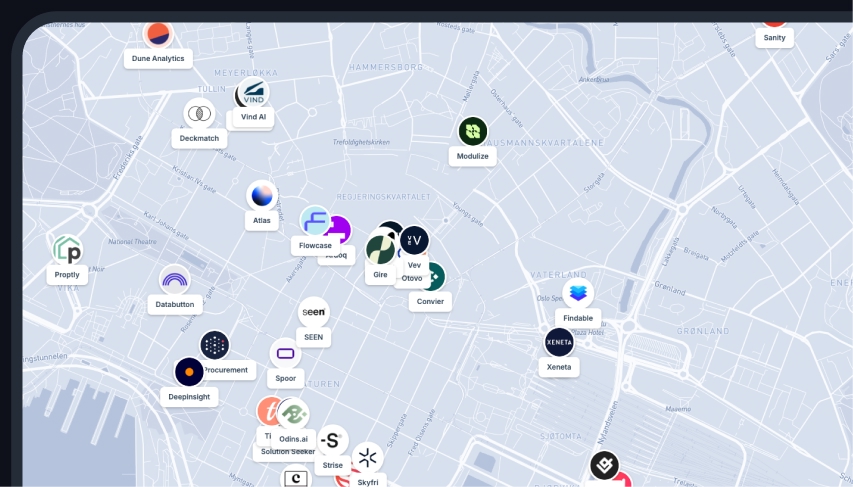Overview of the Columbia River
The Columbia River is the largest river in the Pacific Northwest, stretching about 2,000 kilometers (1,243 miles) from its source in British Columbia, Canada, to its mouth at the Pacific Ocean in Oregon, USA. The river has shaped the region’s history, economy, and ecology for thousands of years.
Where is the Columbia River on the map?
The Columbia River begins in the Canadian Rockies in British Columbia and flows south into Washington State before turning west, forming much of the border between Washington and Oregon. It eventually empties into the Pacific Ocean near the city of Astoria, Oregon.
A river of history
For thousands of years, the Indigenous peoples of the Pacific Northwest, including the Chinook, Nez Perce, and Umatilla tribes, have relied on the Columbia for fishing, trade, and transportation. In 1805, the Lewis and Clark Expedition followed the river to the Pacific, helping to open the region to settlers.
Major cities along the Columbia River
Several important cities are located along the Columbia River, including:
- Portland, Oregon: The largest city in the region, located near the river’s confluence with the Willamette River.
- Vancouver, Washington: A major port city across the river from Portland.
- Richland, Washington: Part of the Tri-Cities area, known for its role in nuclear research.
- Astoria, Oregon: A historic coastal city where the river meets the Pacific Ocean.
Hydroelectric power and dams
The Columbia River is one of the most dammed rivers in the world, with over 60 dams used for hydroelectric power, irrigation, and flood control. The most significant include:
- Grand Coulee Dam: One of the largest dams in the world, producing massive amounts of electricity.
- Bonneville Dam: A key structure near Portland that controls river flow and provides hydroelectric power.
- The Dalles Dam: Important for both power generation and navigation.
These dams provide electricity to millions of people but have also disrupted fish migration, leading to challenges for salmon populations.
Salmon and wildlife of the Columbia River
The Columbia River is famous for its salmon runs, which have historically been among the largest in North America. Other wildlife includes:
- Steelhead trout: A vital species for both commercial and sport fishing.
- Bald eagles: Frequently seen hunting fish along the riverbanks.
- Ospreys: Raptors that rely on the river’s fish populations.
- Sea lions: Common near the river’s mouth, where they hunt salmon.
Challenges facing the Columbia River
Despite its importance, the Columbia River faces several environmental challenges:
- Dam impacts on salmon: Dams have disrupted natural fish migration routes, requiring fish ladders and hatcheries to support populations.
- Water quality issues: Agricultural runoff, industrial pollution, and rising temperatures affect the river’s health.
- Climate change: Altered snowmelt patterns in the Rockies impact the river’s flow and ecosystem.
Conservation efforts
Efforts to protect and restore the Columbia River include improved fish passage systems, water quality monitoring, and habitat restoration projects. Organizations and local governments are working to balance hydroelectric power needs with environmental sustainability.
Work faster with spatial data
Easily import data, automate analysis and build spatial apps for the web, all within a single software.
FAQs
How long is the Columbia River?
The Columbia River is approximately 2,000 kilometers (1,243 miles) long.
Which countries and states does the Columbia River flow through?
The Columbia River flows through Canada (British Columbia) and the United States (Washington and Oregon).
What are the major dams on the Columbia River?
The Grand Coulee Dam, Bonneville Dam, and The Dalles Dam are some of the most significant dams on the river.
Why is the Columbia River important for salmon?
The Columbia River historically supported massive salmon runs, but dams have reduced fish populations, leading to conservation efforts.
What is the Columbia River known for?
It is known for hydroelectric power, salmon fishing, dramatic landscapes, and its role in U.S. history.
